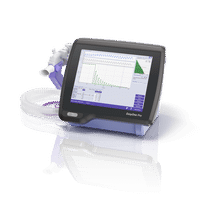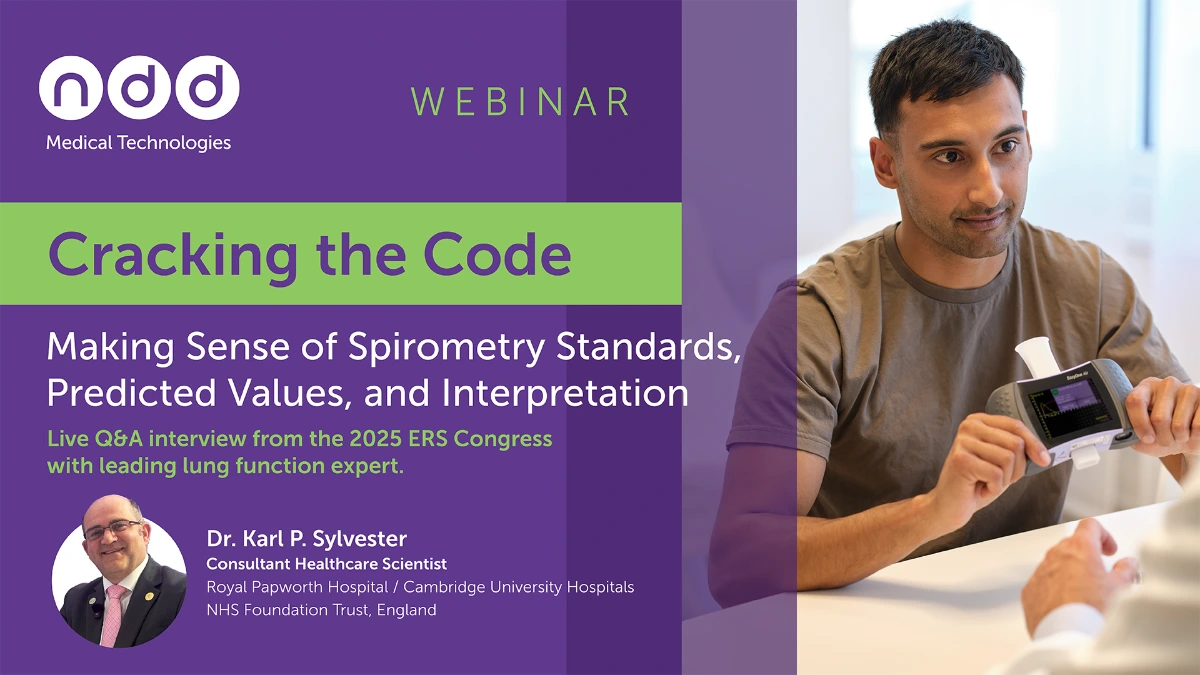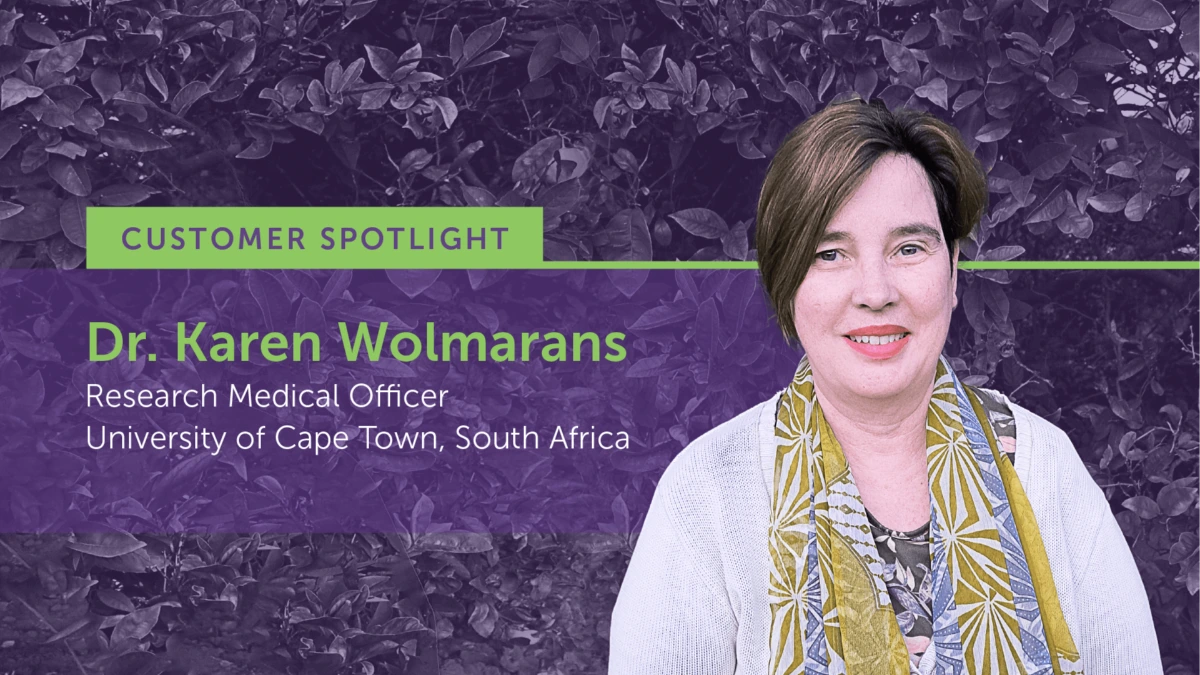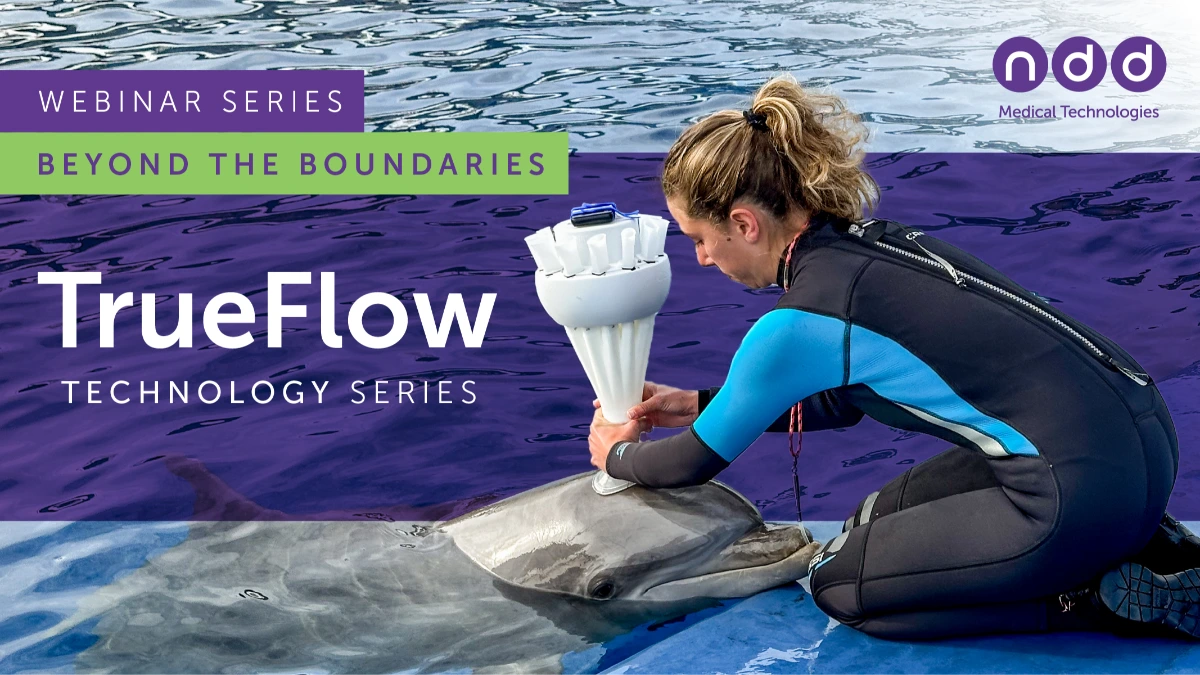An Interview with the Pyramids and Physiology 2024 Expedition Team: Exploring Sleep Apnea and Lung Function

In this edition of our Beyond the Boundaries TrueFlow Technology series, we highlight the Pyramid & Physiology 2024 project in Nepal, where Dr. Pierpaolo Prosperi and Luca Roberti are using ndd’s EasyOne Pro to assess lung function at high altitude.
The study includes spirometry, DLCO, exhaled CO, and arterial blood gas analysis, along with nocturnal cardiorespiratory monitoring for sleep apnea patients to evaluate CPAP, MAD, and acetazolamide treatment.
Read on as we explore how advanced respiratory diagnostics are being put to the test in one of the world’s most extreme environments.
Disclaimer: The EasyOne Pro was used in this clinical trial at high altitude conditions exceeding its approved operational range. For the purposes of this study, the software was specifically modified to adapt to the high-altitude testing environment. This usage is intended for research purposes only and does not reflect the standard approved configuration of the device
Jaimee: Can you start by giving us an overview of the study? #
Luca:
Thank you for having us. Our involvement in the Pyramids and Physiology 2024 expedition was inspired by an earlier mission to Nepal two years ago, led by Pierpaolo Prosperi and Professor Vittore Verratti. Being a mountain enthusiast myself, I was eager to participate in this new challenge—despite the many risks involved.
I joined the expedition along with Vittorio Florio, a volunteer and fellow patient—both of us living with sleep apnea. The expedition was organized and led by Professor Verratti, who is also a principal investigator and a professor at the University of Chieti.
As you may have seen in the photos, our team was incredibly diverse—21 people in total, including physiologists, respiratory specialists, photophysiologists, technicians like Pierpaolo, physiatrists, psychiatrists, sports medicine doctors, nutritionists, and a large group of medical students. We were supported by three Sherpa guides and 11 porters who helped carry our luggage, supplies, and scientific equipment.
Our journey took us 150 kilometers on foot, starting in Kathmandu at 1,350 meters and climbing to the Pyramid Laboratory at 5,050 meters. We also reached Everest Base Camp (5,300 meters) and Kala Patthar (also known as Black Rock) at 5,650 meters. The goal was to conduct a range of scientific tests, with a special focus on mountain sickness.
Our small subgroup—including Vittorio and me—concentrated specifically on respiratory physiology and sleep studies using the EasyOne Pro LAB, a pulse oximeter, and our own sleep apnea testing equipment.
Jaimee: #
As a respiratory therapist, I’m always fascinated by these unique applications of lung function testing. What’s the significance of studying sleep apnea in high-altitude environments? #
Pierpaolo:
Great question. This work builds on research we began in 2022 with the University of Chieti, again under Professor Vittore Verratti’s leadership, at the world’s highest research lab—5,000 meters up—near the Nepal side of Everest Base Camp.In the earlier study, we found that high altitude can actually trigger sleep apnea, even in otherwise healthy individuals. For the 2024 expedition, we expanded our scope. Among our 21 participants, we assessed a variety of parameters: arterial blood gases, spirometry, diffusion capacity (DLCO), daytime and nighttime pulse oximetry, and overnight cardiorespiratory monitoring for sleep apnea.
Jaimee: #
How was the EasyOne Pro LAB used in the study? #
Luca:
We used the EasyOne Pro to measure spirometry and DLCO. These measurements are incredibly important at altitude, where respiratory effort can be greatly reduced. The device’s compact size and user-friendly design made it ideal for the challenging environment. It was easy to transport and allowed us to collect consistent data at different elevations throughout the trek.
Jaimee: #
You mentioned the EasyOne Pro’s portability. Were there other reasons for choosing it for this expedition? #
Luca:
Yes, we made the decision a few months before departure. We needed a DLCO and spirometry device that balanced performance, portability, and durability. Initially, we evaluated two devices, but ultimately chose the EasyOne Pro because of ndd’s excellent support.
Jaimee: #
How did the EasyOne Pro actually perform under those high-altitude conditions? #
Pierpaolo:
Collecting data was relatively straightforward thanks to the device’s design. However, the logistics of transporting a gas cylinder for DLCO testing were a challenge. At high altitudes, we also had to be very careful about maintaining a stable temperature for the device to function properly.Extreme cold posed some minor issues, but I have to give a big thank you to the ndd support team, who guided us remotely every step of the way. Their support was outstanding.
Jaimee: #
Were there any preliminary findings you’re able to share? #
Pierpaolo:
Yes, we saw a noticeable drop in oxygen saturation and the onset of central apneas as we gained altitude. Interestingly, spirometry and DLCO values didn’t show drastic changes—thanks to the human body’s remarkable ability to adapt at high elevation.Mechanisms like hyperventilation, increased hemoglobin concentration, and the Haldane effect help maintain balance, even under low oxygen conditions. The Haldane effect describes how oxygen levels in the blood influence the affinity of hemoglobin for carbon dioxide (CO2). Specifically, the binding of oxygen to hemoglobin increases the unloading of CO2 from the blood, particularly in the lungs.
The body truly is incredible.
Jaimee: #
How might these findings influence how we treat or manage sleep apnea at high altitude? #
Luca:
As Pierpaolo mentioned, people from all over the world travel to altitudes above 2,400 meters—not just in Nepal, but also in places like Pakistan, China, Europe, and South America. Many of them may be unaware of how their pre-existing conditions—or lack thereof—can influence their response to altitude.Our study shows that people without any issues at low altitude may develop central sleep apnea at higher elevations. In one case, we saw a participant go from 25 apneas per hour (mostly obstructive) to 104 apneas per hour at altitude, predominantly central.
We’re still analyzing the data, but these findings could help guide recommendations for preventive strategies or temporary treatment options for people who plan to spend extended time at high altitude.
Jaimee: #
As we wrap up, are there any final insights you’d like to share? #
Pierpaolo:
Absolutely. Around 40,000 people trek to Everest Base Camp each year, often unaware of the risks they face. Studying the body’s ventilatory response at altitude can expand our knowledge and help reduce cases of acute mountain sickness.Thanks to the leadership of Professor Vittore Verratti and the dedication of the entire team, this was a truly unforgettable and scientifically valuable experience.
Discover all the advantages of the ndd EasyOne Pro LAB —start making a difference today.
Explore our complete PFT machines today!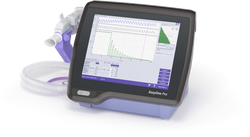
Conclusion:
The Pyramids and Physiology 2024 expedition highlights not just the extreme physical challenges of high-altitude research, but also the incredible potential of portable diagnostic tools like the EasyOne Pro. Through innovative studies like this one, researchers are gaining new insights into how our bodies respond to environmental stressors—and how we can better protect those who dare to venture to the world’s highest peaks.




